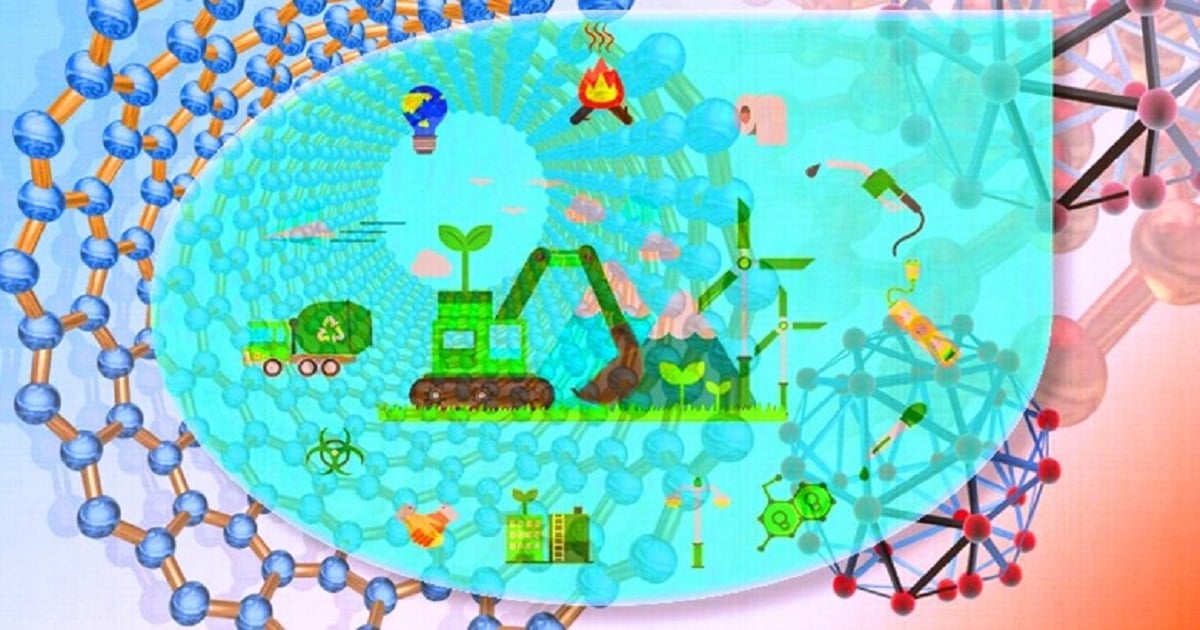State-of-the-Art Nanomaterials in Energy and Environmental Applications
A special issue of Materials (ISSN 1996-1944). This special issue belongs to the section "Advanced Nanomaterials and Nanotechnology".
Deadline for manuscript submissions: 20 May 2025 | Viewed by 6568

Special Issue Editors
Interests: wastewater treatment; recycling; nanomaterials; biofilm; drug delivery; quantum dots
Special Issue Information
Dear Colleagues,
Advanced nanomaterials are transforming applications, enhancing material performance, and meeting the rising demands of supercapacitors and wastewater treatment. Nano-additives and nanostructured frameworks offer unique solutions. Recent advancements in nanotechnology have opened new possibilities in energy storage and environmental preservation. Nanomaterials like nanofibers, nanoparticles, nanoplates, and nanorods are revolutionizing supercapacitors and wastewater treatment. Their uses range from boosting energy storage to efficient wastewater management. The fusion of synthetic biology and materials science has produced Engineering Living Materials (ELMs), with the potential to revolutionize energy production, therapeutics, disease management, pollutant monitoring, and bioremediation. Research must focus on high-performance polymers and composites for supercapacitors and wastewater treatment. Our Special Issue highlights the latest breakthroughs in nanostructured materials, focusing on their use in these areas. Topics include tissue scaffolds, drug delivery, regenerative medicine, filtration, and environmental toxicology. Integrating nanostructures and innovative nanomaterials for energy and wastewater challenges is pivotal. We believe this Special Issue will offer innovative solutions to meet the growing demands in these crucial fields.
We encourage the publication of articles related to the aforementioned topics.=
Dr. Govindasamy Palanisamy
Dr. Sivaprakash Paramasivam
Guest Editors
Manuscript Submission Information
Manuscripts should be submitted online at www.mdpi.com by registering and logging in to this website. Once you are registered, click here to go to the submission form. Manuscripts can be submitted until the deadline. All submissions that pass pre-check are peer-reviewed. Accepted papers will be published continuously in the journal (as soon as accepted) and will be listed together on the special issue website. Research articles, review articles as well as short communications are invited. For planned papers, a title and short abstract (about 100 words) can be sent to the Editorial Office for announcement on this website.
Submitted manuscripts should not have been published previously, nor be under consideration for publication elsewhere (except conference proceedings papers). All manuscripts are thoroughly refereed through a single-blind peer-review process. A guide for authors and other relevant information for submission of manuscripts is available on the Instructions for Authors page. Materials is an international peer-reviewed open access semimonthly journal published by MDPI.
Please visit the Instructions for Authors page before submitting a manuscript. The Article Processing Charge (APC) for publication in this open access journal is 2600 CHF (Swiss Francs). Submitted papers should be well formatted and use good English. Authors may use MDPI's English editing service prior to publication or during author revisions.
Keywords
- nanomaterials
- engineering living materials
- wastewater treatment
- supercapacitors
- environmental remediation
- biofilm
- energy storage
- environmental preservation
- biomedical applications
- drug delivery solutions
Benefits of Publishing in a Special Issue
- Ease of navigation: Grouping papers by topic helps scholars navigate broad scope journals more efficiently.
- Greater discoverability: Special Issues support the reach and impact of scientific research. Articles in Special Issues are more discoverable and cited more frequently.
- Expansion of research network: Special Issues facilitate connections among authors, fostering scientific collaborations.
- External promotion: Articles in Special Issues are often promoted through the journal's social media, increasing their visibility.
- e-Book format: Special Issues with more than 10 articles can be published as dedicated e-books, ensuring wide and rapid dissemination.
Further information on MDPI's Special Issue policies can be found here.






